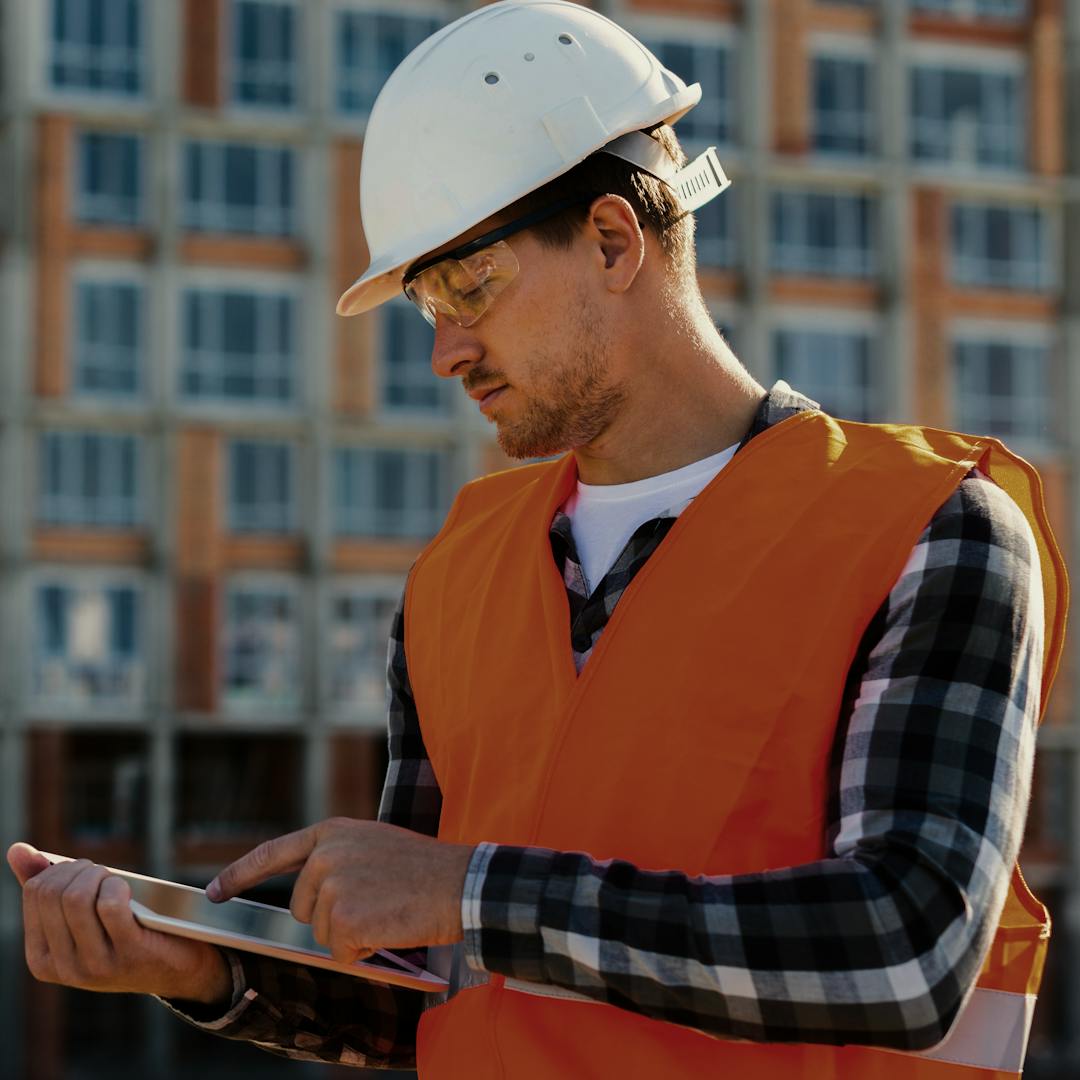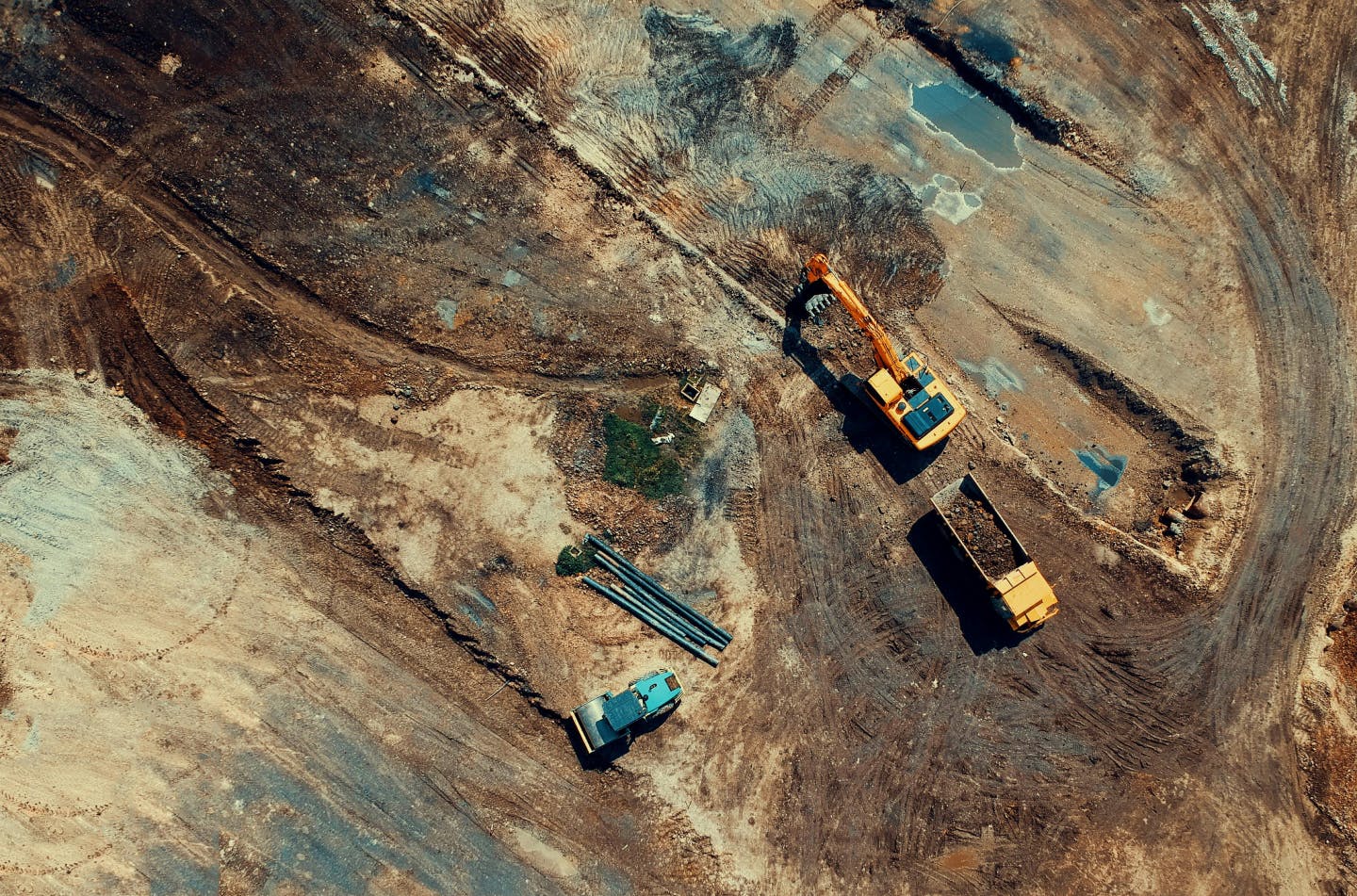
Creating a Safety Culture Through Digital Transformation: Insights from Graham Wise
Creating a safety culture on construction sites has always been seen as a people challenge, how workers behave, how leaders set the tone, how teams look after one another.
But as construction sites become more complex and fast-paced, culture can’t just be left to chance. It needs to be supported, reinforced, and measured, and that’s where digital tools are transforming how safety culture is built.
We sat down with Graham Wise, who has worked in the construction industry for over 12 years, gaining extensive experience on both the principal contractor side and the client organisation side. Over the years, he has developed a deep understanding of the challenges and opportunities involved in building strong safety cultures across complex projects.
Graham is now the founder and director of Wise Choice Safety Solutions, a consultancy providing all aspects of construction-based Occupational Health and Safety support. Passionate about driving cultural change, he champions the use of digital tools to simplify safety processes, boost engagement, and make vital information accessible to everyone on site.
Making RAMS a Living, Breathing Part of Work.
Traditionally, Risk Assessment Method Statement (RAMS) were paper-heavy and easily overlooked. Workers often skimmed through them at induction, signed to say they’d read them, and never saw them again.
Graham explained how digitising RAMS has changed this completely.
“When people can access RAMS on their phones, it changes the dynamic. They can refer to them as they work, and supervisors can talk them through together on site.”
Instead of a one-off document, RAMS become a daily reference point. This not only boosts understanding but also builds ownership, as workers see safety as something that actively supports their job rather than delays it.
Communicating Safety in Ways People Actually Engage With.
Safety messaging used to rely on site-wide stand-downs, long toolbox talks, or emails that often went unread.
Graham highlighted how digital platforms like innDex have reshaped communication:
- Safety updates can be sent as short posts, videos or voice notes directly to people’s phones
- Engagement can be tracked, so managers know who’s seen them
- Messages can be tailored to different teams or tasks
“People are far more likely to engage when the information is quick, relevant and on their terms,” Graham said.
This shift creates consistent, two-way communication, which is critical to reinforcing safe behaviours and expectations across site.
Building Accountability and Visibility
With traditional paper systems, proving who had read, signed or understood key information was often messy and unreliable.
Digital systems bring transparency and traceability. Every signature, training record, or toolbox talk is logged automatically, creating a clear audit trail.
“It’s not about catching people out,” Graham explained. “It’s about making sure everyone has the right information and support to do their job safely.”
This clarity helps build trust and fairness, which are essential foundations of a positive safety culture.
Empowering People to Speak Up
For years, raising an observation often meant filling out a card, and posting it in a letterbox on site. Creating a massive amount of manual admin for site managers.
Graham described how digital tools now allow workers to submit observations instantly, anonymously (if they wish) all from their phone, with automatic tracking and response timelines.
“When people can see that their feedback leads to action, they’re far more likely to keep speaking up.”
This visibility creates a feedback loop where frontline voices shape safer ways of working, embedding a culture where everyone feels responsible for looking after each other.
Leading Culture Change from the Top.
Ultimately, Graham believes that digital transformation drives positive safety cultures when leaders set the tone.
“Digital systems can’t create culture on their own. It’s how you use them, explaining why they matter, showing you value people’s input, and modelling the right behaviours.”
By removing paperwork burdens and giving managers real-time insight, digital tools free leaders to spend more time on site having conversations, giving feedback, and recognising good behaviour, these are the actions that truly build culture.
Culture First, Powered by Digital.
Our conversation with Graham Wise made one thing clear: digital tools don’t replace the human side of safety; they make it stronger.
By making information accessible, communication clear, and feedback effortless, digital transformation helps embed the behaviours, trust and accountability that define a strong safety culture.
It’s not about choosing between people and platforms.
It’s about using digital to give people the clarity, voice and time they need to create a culture where safety is part of who they are - not just what they do.

Ready to streamline your operations with digital tools?
Get in touch to see how we can help.
